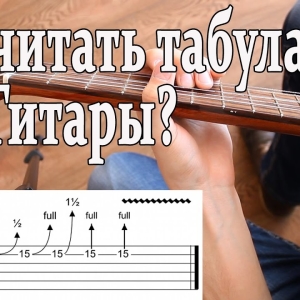Parse the words with discharge Its components involves a breakdown of the word on composite elements with a possible graphic design of each of them. A similar breakdown allows not only to deal with the morphology of the word, but also help in spelling issues. How to analyze the words in the composition, read in this article.
Composite parts of the word - acquaintance with terminology
The analysis of the words by its components involves the conduct of its morphem analysis. As a result, it is possible to allocate such parts as:
- Prefix. This fragment of the word is located in front of its main part - the root - and necessary to create new words.
- The root represents the main block of the word. It is present in all words and is identical within the relative group. The word can only be formed by the root, and may have two roots.
- Suffix is \u200b\u200bpart of the word, located after the root and also intended for the formation of new words. A word can have how much suffixes or it costs without it.
- The end is the variable part, located at the end of the word. It is the ending that provides the connection of words in the composition of the phrase.
It is worth noting that parts like a prefix, suffix and ending are not mandatory, while the root is present in each word. The full analysis of the word involves the release of such morpheme as the basis. Her graphic interpretation is a straight line, with "sides" at the beginning and end.
In the general case, the word is acting as the basis with the exception of the end. It should be remembered that the cuffs of communities and verbalies cannot be included in the framework of the base, as well as the comparative form of adverbs.

Selling words in composition - algorithm of action
- Getting Started with Word Wake, the first step is to allocate its foundation and end. To do this, it is necessary to pick up a few forms of the word under consideration, in which only its final part will change. Changeable "tail" and will be completion. It is worth remembering that some words do not have endings, although it is not obvious. These include:
- Nouns that are not subject to change on cases (for example, subway, taxis, stew, etc.).
- Adjectives that are not inclined (for example, skirt corrugation, khaki color, tongue Khanty, etc.).
- Adcharations (for example, beautiful, no accident, inland, in English, etc.).
- Tempecism (for example, walking, dancing, etc.).
- Comparative degrees of adjective and inferior (for example, quieter, louder, more fun, etc.)
- All that remains behind the end is the basis of the word. It does not include subfixes of communities, verbalism, the forms of the last time of the verb and the imperative linting of the verb, the suffixes of the simple comparative degree of adjectives and the shorter. For example, cherished, singing, cutting, opening, etc.
- Next you need to identify the root. To do this, pick up a number of related words. The part that will be repeated from the word to the Word, as well as displaying common to all the lexical value and will be the root.
- After the root is highlighted, it remains to be noted (if any) the prefix and suffix. The first will go before the root, while the latter is immediately after it.































